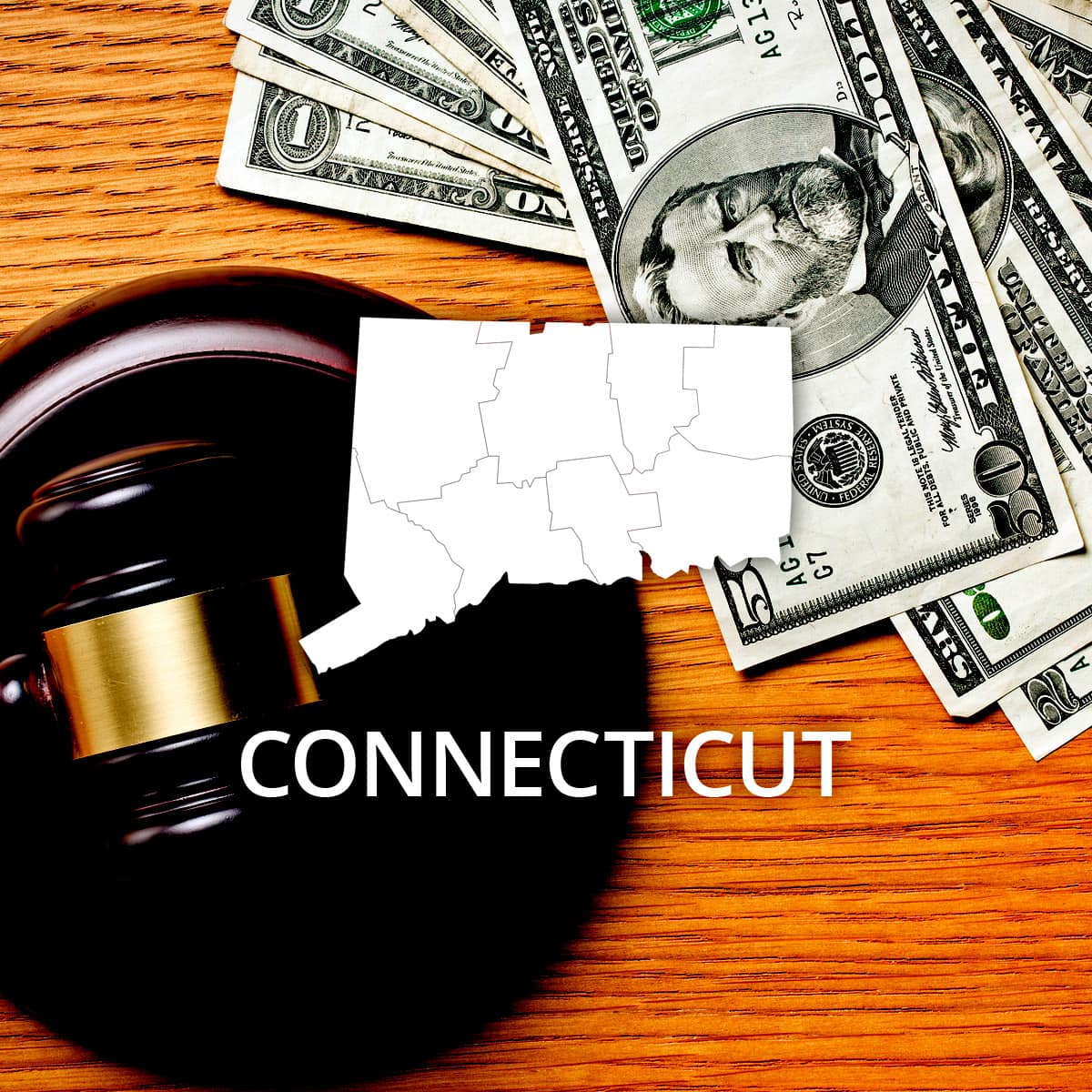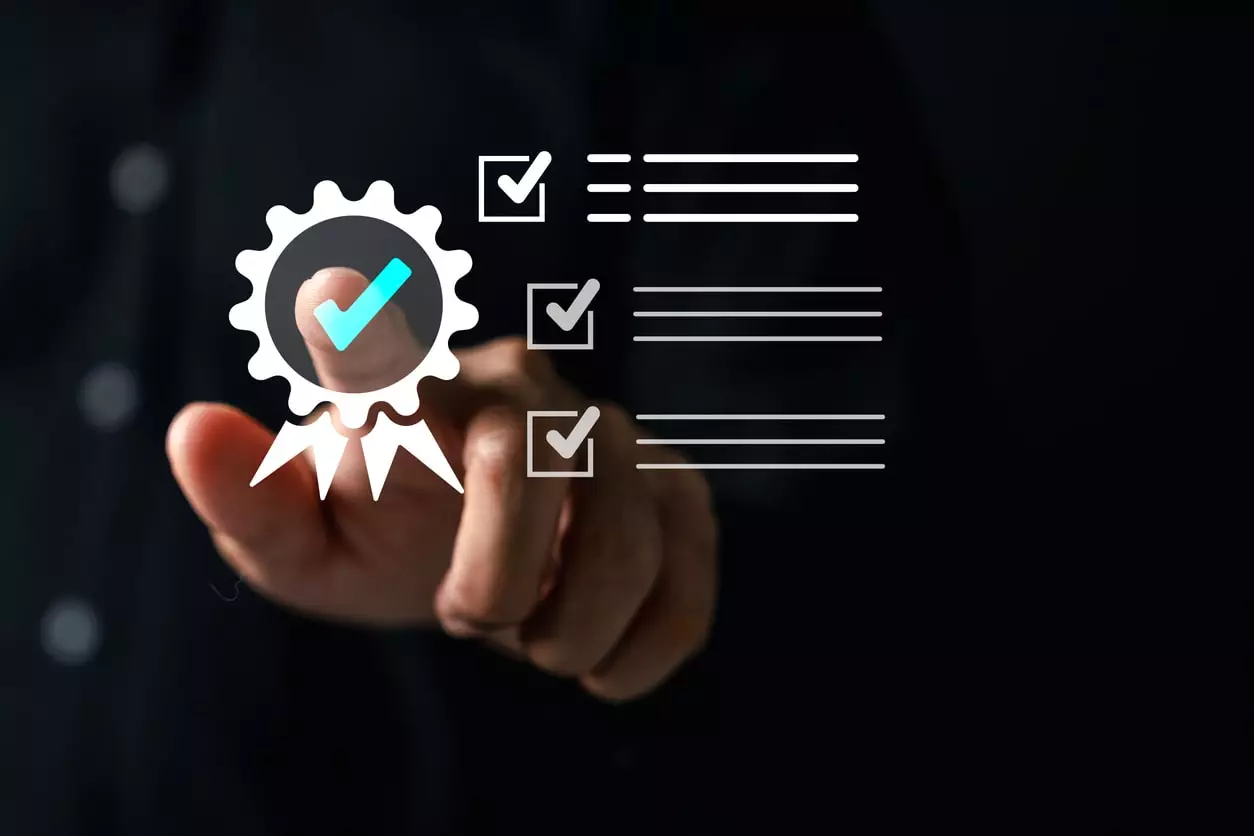 Multiple Bankruptcies: How Often You Can File One?
Multiple Bankruptcies: How Often You Can File One?
Table of Contents
 How to File Bankruptcy in Connecticut
How to File Bankruptcy in Connecticut
 Filing for bankruptcy in Connecticut is a legal process that falls under jurisdiction of federal laws and was recently updated by the 2005 Bankruptcy Act. There are three District Court locations in Connecticut for a petitioner to file bankruptcy or have a bankruptcy hearing. An individual or married couple may file for Chapter 7 or Chapter 13, while Chapter 11 and Chapter 12 are applicable to businesses and farmers.
Filing for bankruptcy in Connecticut is a legal process that falls under jurisdiction of federal laws and was recently updated by the 2005 Bankruptcy Act. There are three District Court locations in Connecticut for a petitioner to file bankruptcy or have a bankruptcy hearing. An individual or married couple may file for Chapter 7 or Chapter 13, while Chapter 11 and Chapter 12 are applicable to businesses and farmers.
 Connecticut Chapter 7 bankruptcy and CT Bankruptcy laws
Connecticut Chapter 7 bankruptcy and CT Bankruptcy laws
The first type of bankruptcy is Chapter 7; this is typically how best to wipe debt clean and start with a new slate. A person may file for Chapter 7 if they have few assets or their assets are protected by Connecticut's exemptions. Before determining if a petitioner is eligible for Chapter 7, he or she must compare their income with the median income of the state through a Means Test. If the income is found to be below the median, the petitioner may file Chapter 7.
Another option for individuals or married couples is to file for Chapter 13. This is an option for those with a higher income and usually more assets that they would like to keep from being liquidated to cover remaining debt. Chapter 13 will still stop a foreclosure proceeding on the petitioner's home and is an attractive option to many people who would like to maintain their residence. Instead of wiping clean most unsecured debt, the obligations are restructured and minimized to be repaid over a period of 3 to 5 years.
Chapter 11 is similar because it allows a business to file for bankruptcy, but safeguards operation while debts are paid off in a period of time, typically 3-5 years. Family farmers and fishermen operating a business in Connecticut can file for Chapter 12 to restructure their debt and keep their businesses running.
Official bankruptcy forms for the U.S. Bankruptcy Courts are available at https://www.uscourts.gov/forms/bankruptcy-forms or RecordsFinder.com Court Forms Section.
 Steps to Filing Bankruptcy in Connecticut
Steps to Filing Bankruptcy in Connecticut
The Bankruptcy Act of 2005 requires all petitioners to receive credit counseling within 6 months before filing for bankruptcy. This is the first step to find out if bankruptcy relief will benefit a debtor and give them alternative options. If bankruptcy is the route a petitioner wishes to take, the next step is to conduct a means test for comparison of their income to the median income of the state.
All types of bankruptcy require documentation from recent financial transactions, tax returns from the last 2 years, cost of living assessments, lists of assets and possessions, property, debts, titles to vehicles and loan information. All of this will be held in account to process the bankruptcy. If a petitioner is filing for Chapter 13, he or she must also provide a summary of how the debt can be repaid in 3 to 5 years.
The next step is to complete the "schedule," or a group of documentation and forms required to file for bankruptcy. Some petitioners choose to have the representation of an attorney while others choose to file on their own. At this time the debtor may determine what assets will be exempt and which will be used for repayment of the debt he or she owes. The current cost for filing for bankruptcy is $306 for Chapter 7 and $281 for Chapter 13. In some cases the fee can be waived for Chapter 7 petitioners, while Chapter 13 requires payment in full.
After filing, an automatic stay is put on the petitioner's debt, keeping creditors from contacting him or her. The court will have legal control over the debtor's debt and assets, allowing a court appointed trustee to repay as much as possible using liquidation of assets that are not exempt for Chapter 7 and restructuring debts for Chapter 13.
The final step to complete bankruptcy is to complete a financial management course approved by the court.
 Connecticut Bankruptcy Court Locations
Connecticut Bankruptcy Court Locations
There are 3 district courts in Connecticut which may process bankruptcies for the state; one located in Bridgeport, another in Hartford and lastly New Haven. Any of the aforementioned courts has jurisdiction over all counties in the state.




